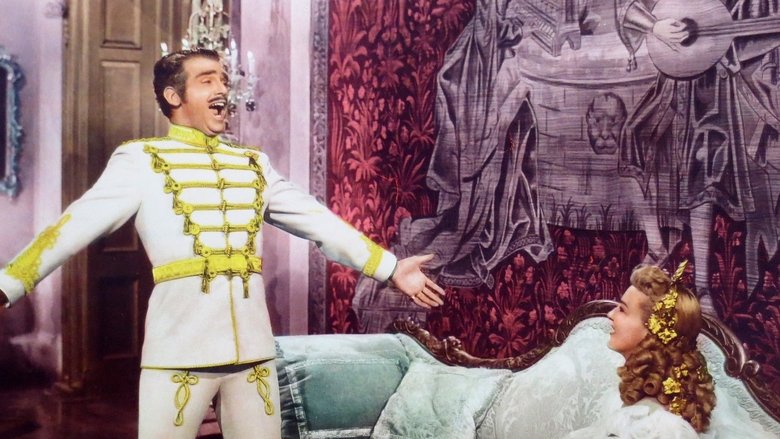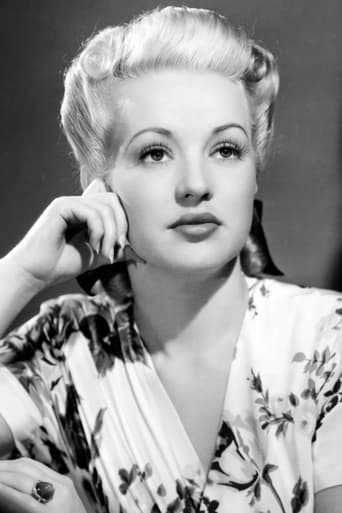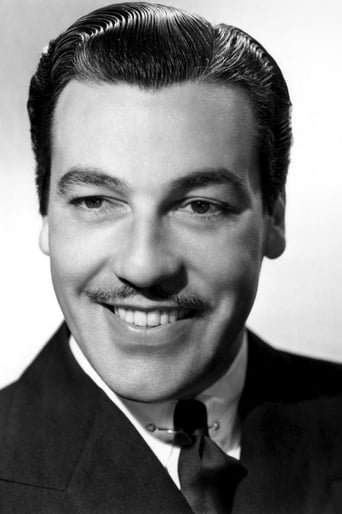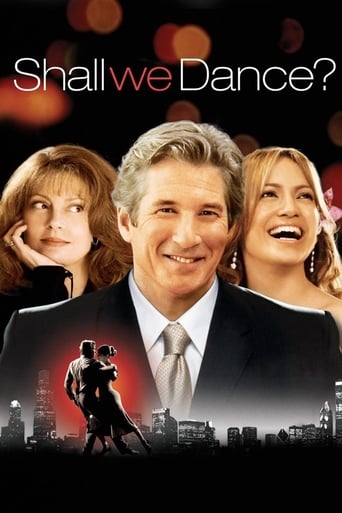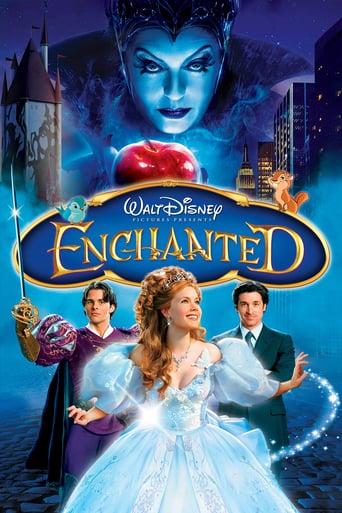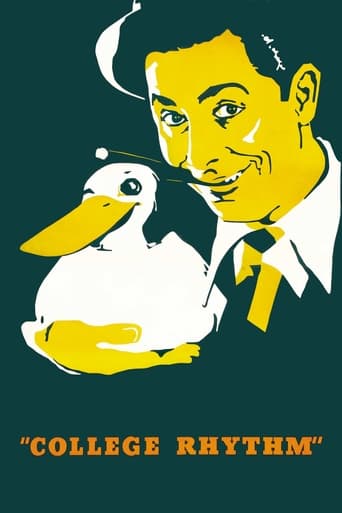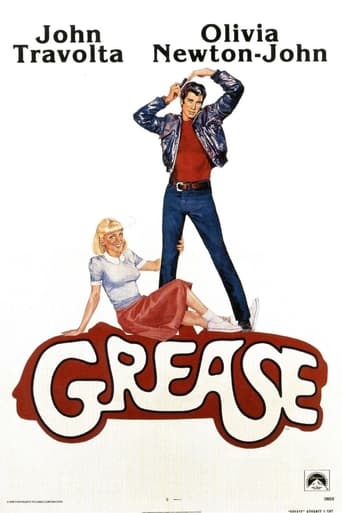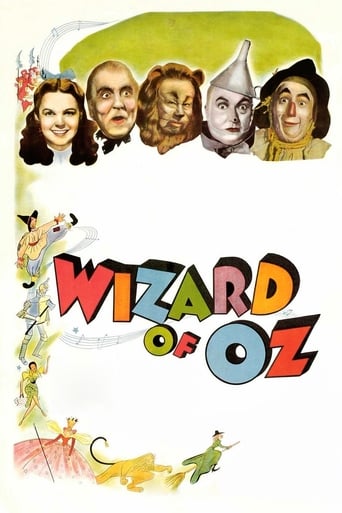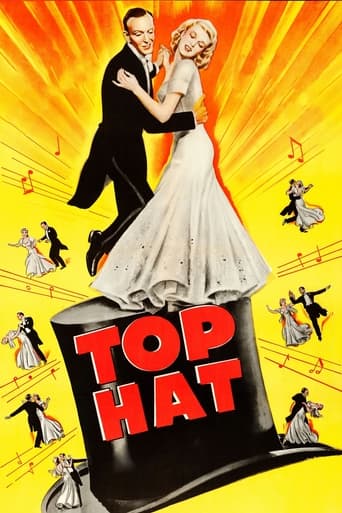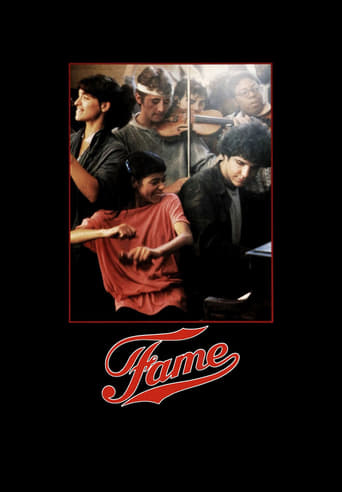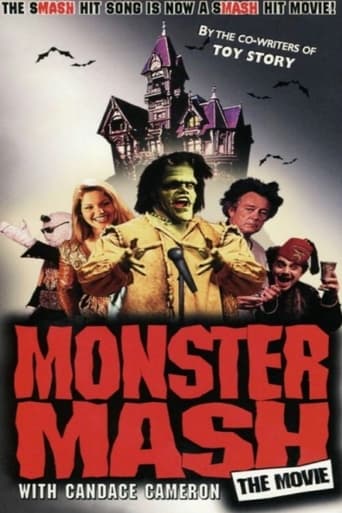That Lady in Ermine (1948)

Circa 1861, Angelina, ruling countess of an Italian principality, is at a loss when invaded by a Hungarian army. Her lookalike ancestress Francesca, who saved a similar situation 300 years before, comes to life from a portrait to help her descendant. Complicating factor: the newlywed countess feels strangely drawn to the handsome invader...
Watch Trailer
Cast


Similar titles
Reviews
You won't be disappointed!
Such a frustrating disappointment
Bad Acting and worse Bad Screenplay
This movie was so-so. It had it's moments, but wasn't the greatest.
A farcical fantasy musical, despite the fact that a number of songs were deleted in the final cut. Although Lubitsch alone was given official credit as the director, in fact, he died part way through filming, being replaced by the quite different Otto Preminger. Preminger has taken a lot of heat for the deficiencies of the film, which many believe would have largely been avoided if Lubitsch could have finished it. Nonetheless, it still offers sumptuous gowns and surroundings, especially when Betty Grable is in the spotlight. Betty stated this was her least favorite film she did. But, I say she shouldn't be ashamed of her part, nor of the film as a whole......Some of you may be turned off by the fantasy of wall portraits of ancestors coming alive around midnight, and cavorting through the castle. This aspect somewhat reminds me of a rather similar plot device used in "I Married a Witch" and the later musical "Brigadoon". Both these other films featured people or ghosts who had lived some centuries before suddenly reappearing. The one was well received by contemporary audiences, while the other, like the present film, was not. My impression is that, today, the present film enjoys a greater regard by many viewers. It's currently available on DVD and free at YouTube. I saw it on FXM...... Betty plays both her current self, as Countess Angelica, of mythical Bergami, in SE Europe, as well as Francesca: her look-alike distant ancestor of 300 years ago, and whose portrait hangs in the main hallway of the castle. Around midnight, Francesca and the other portrait ancestors may become animated and descend to the floor, where they may frolic with each other. Since Angelina and Francesca look the same, except perhaps their clothes, one has to keep on their toes to make sure which they are currently looking at, or whether it's Angelica in a dream by Hungarian Colonel Teglash(Douglas Fairbanks Jr.) I'm still not certain about some cases......Of the several songs "Ooh! What I'll do to that Wild Hungarian" is good, and is sung by Francesca(or is it Angelina) near the beginning , and again at the finale, accompanied by dancing by the portrait ancestors. At one point , Francesca(I assume) sings "The Melody Has to be Right" to a sleeping Angelina(I assume). At the climax when Angelina and Col. Teglash are cementing their love for each other, they sing and dance to the Academy Award nominee; "This is the Moment", which is quite charming.......Cesar Romero has the role of Angelina's temporary husband(to be annulled). As usual, in the end, he winds up the loser in the romance department despite being quite handsome, probably dictated by his Latino heritage. Walter Abel is second in command, under Teglash or the Duke(the latter 300 years ago)., who bosses him around.
While the credits say that this is an Ernst Lubitsch film, he actually died during the making of this film. Otto Preminger completed the film and I don't know whether he's to blame, Lubitsch is or both of them. Regardless, it's a very poor film...and the film that Betty Grable hated the most. It also is a movie that lost a ton of money at the box office....and after seeing the picture, I can understand why. The story is just a muddled mess.The story is set in the mid-19th century and a Contessa Angelina (Grable) just married handsome Count Mario (Cesar Romero). However, the Hungarians invade her Italian state and Mario is forced to flee. The leader of the Hungarians is the Colonel (Douglas Fairbanks Jr.) and he's instantly smitten with her. Oddly, while the Contessa cannot reciprocate, a painting of a distant relative who JUST HAPPENS TO LOOK EXACTLY LIKE HER (a stupid cliché, I know) falls for him and comes out of the painting to pitch woo to the Colonel. There's more to this goofy film than this...but isn't that dopey enough to let you know why this movie is a mess?!Although the film looks great with its lovely color and sets, the story often is very dopey and makes no sense. It all just seems like a silly excuse to sing and dance. And, the overall film is a tad embarrassing at times...so I can understand Grable's feelings about this one!
Betty Grable is "That Lady in Ermine" in this 1948 musical, also starring Douglas Fairbanks, Jr., Cesar Romero, Reginald Gardner, and Walter Abel.Frankly, it's hard for me to believe that Lubitsch directed this. And in fact, he died eight days into production and the film was finished by Otto Preminger. The story is taken from a 1922 musical, and originally Lubitsch wanted Jeanette MacDonald for the role; Zanuck wanted Gene Tierney; finally Irene Dunne and Charles Boyer were announced, but it didn't happen.Grable has a dual role here, as Angelina in 1861 and her ancestor Francesca, from 1561, whose portrait hangs in the great hall. Angelina has just been married to Count Mario, who, as soon as they get into her quarters, is called to action against Hungarian invaders. The Hungarians also invaded 300 years ago, and Francesca was able to save the castle. Can her ancestor do it again, in spite of feeling attracted to the handsome colonel (Douglas Fairbanks Jr.)? The film takes us into the past and back into the present, and it's a lush, gorgeous production. Grable's gowns are exquisite, and she looks gorgeous. Someone here noted she was past her prime (at the ripe old age of 31) and a little plump. She sure didn't look it to me, she looks fantastic. The color in the film is eye-popping as well.There is really no music to speak of, except for a couple of songs that are continually repeated. There are some funny bits, and it's a fine cast. The ancestors step out of their portraits and come to life, and at one point, Fairbanks is dubbed and sings gloriously in an operatic tenor voice. Fairbanks is wonderful; Grable is perhaps a little too vanilla for the role, but she gives the role a youthful energy. Other than Tierney, the other stars, who were legit sopranos, were a bit older. The story, what there was of it, really needed the lightness Grable gave it.See it for incredible color and costumes and a fine cast. The music and the story aren't of much consequence - it's nice postwar fluff.
I enjoyed this film far more than anything had led me to anticipate; from reading other comments here, I suspect it benefits enormously from being seen on a full-size screen in the cinema, in the company of a cheerful and enthusiastic audience. I was lucky enough to have that experience, borne up on ripples of laughter from all around, and had an immensely good time with this undemanding comedy.For it is as a comedy that it shines, if it shines anywhere at all. The music is nothing special -- in fact, I hadn't realised it *was* a musical, and was very surprised when the assembled ancestors burst into half-spoken lyric -- but I do have to admit that the half-threat, half-promise of 'Oh, what I'll do...' has proved far more catchy than it ever seemed at the time, as it's still going round and round in my head!The plot, such as it is, largely pivots around the past history of the eponymous Francesca, a sixteenth-century portrait sporting a distinctly anachronistic hairstyle and fur-coat. Her idea on the sanctity of marriage don't quite jibe with those of her distant descendant, the Countess Angelina, and one can almost hear the storyline creaking at the seams under the strain of the Production Code in order to ensure that the heroine arrives unsullied in her much-delayed marriage-bed with the right man...The romance is scarcely earth-shattering, and in fact the first few scenes, played pretty well straight, verge on the tedious. But where script and film really come to life is in the battle of the sexes that follows. The impudence of Douglas Fairbanks Jr's courtship of Betty Grable's married Angelina is equalled only by Betty-Grable-as-Francesca's pursuit of him in turn, culminating in complete role-reversal in the hilarious fantasy sequence where she -- literally -- sweeps him off his feet. This is probably the comic climax of the plot, although the consequences of the Colonel's understandable confusion are worked out with a deft touch in the remaining two 'acts' of the operetta-structure, and the spectacle of Fairbanks' blissful, bemused awakening is more or less worth the price of admission on its own.Grable is entirely convincing in establishing her two contrasting characters, wisely gets almost all the (limited) singing opportunities, and shares the honours where the swathes of quotable dialogue in the various verbal duels are concerned. But in the field of unspoken reaction she is really outclassed by her male supporting leads; Fairbanks in particular is an absolute treat in a number of wordless sequences whose set-up and humour is worthy of the silent screen.This film is too uneven in style to be a classic, varying from sparkling repartee to hackneyed tedium. But at its best it is quite honestly very funny indeed, and brought a round of spontaneous applause and laughter across the auditorium at the end as the lights went up. Out of tune with its times, it may have failed to draw contemporary audiences -- but, on this showing, really didn't deserve to be disowned by both Grable and Preminger, the (uncredited) director. This is no masterpiece, but a thoroughly entertaining minor work, and I for one found myself grinning in remembrance all the way home.


